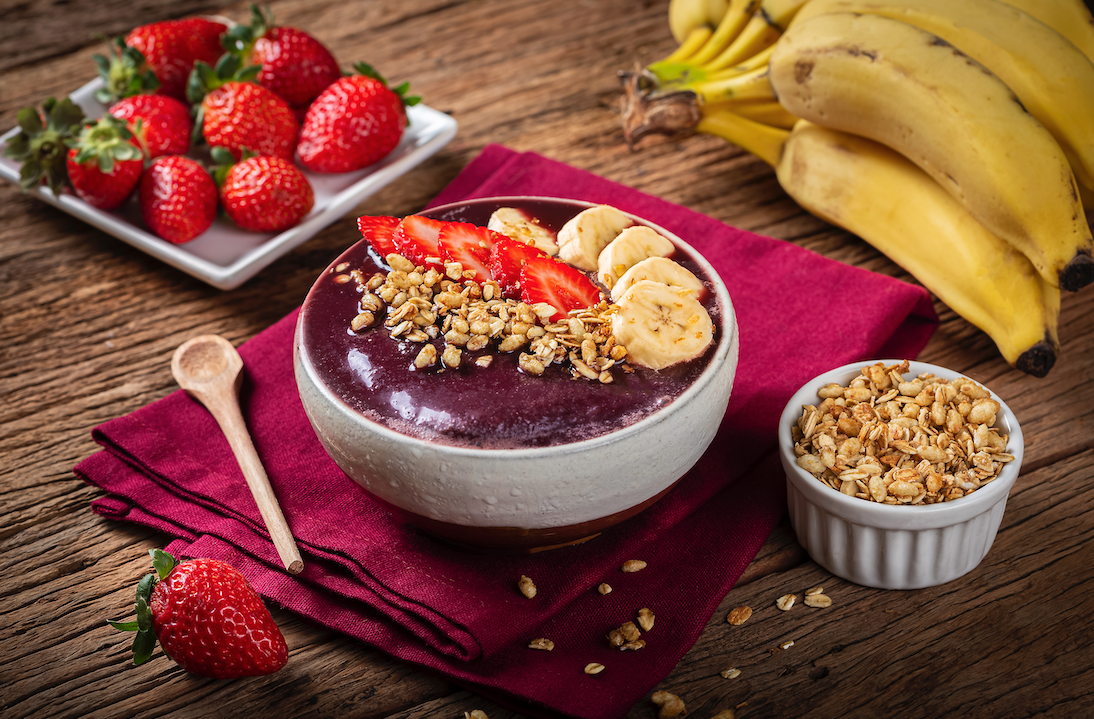
Green tea
The Chinese believed that consuming green tea improves the feeling of general well-being as well as prevented diseases.
Usage
Greet tea has a lot of proven benefits.
Reducing inflammation
Green tea contains a catechin, which are natural antioxidants.
Fat Burning
Some studies have found that green tea can increase fat burning.
Brain function
It may help boost brain function.
Brain aging
Green tea improves brain function in the short term, and it may also protect your brain as you age.

Ancient Herbal Therapy
Green tea is much more than an ordinary drink and it can be considered real natural medicine. The people of Asia are aware of this and have been using it for centuries because of its health properties, which have received increasing scientific confirmation over the years.
Over time, and especially in the twentieth and late nineteenth centuries, green tea spread to the west and became popular in this part of the world.
This taste was soon accepted and appreciated as a drink for enjoyment, as well as for maintaining health.
In fact, the beginning of green tea in Europe is associated with the sixteenth century, when merchants first appeared in Asian countries. Sailors were the ones who interested merchants from this time, who further distributed tea among the telite.
How to add green tea to your diet?
Make a Tea
Green tea has mild, slightly bitter taste because it contains a higher amount of catechins.
Supplement
The extract comes in the form of a liquid extract, capsule, and powder.
Tea leaves contain almost twice as much caffeine as coffee beans.
About 4,000 years ago, the people of China grew and used green tea for medical reasons.
Green tea is the most popular drink in East Asia.
In recent years, this green drink has become increasingly popular around the world.
About
Green tea is one of the many types of tea produced from the leaves of the species Camellia sinensis. Green tea is the most popular drink in East Asia. In recent years, this green drink has become increasingly popular around the world.
Whether black or green, it is important to know that both come from the same plant, and the difference lies in the production process itself. Green tea is characterized by a mild, discreet taste that comes from freshly picked leaves, steamed immediately after picking, which closes the cells and keeps all the juice and essential oils inside.
The tea plant is an evergreen shrub 1.8 meters high, from which both green and black, yellow, and white tea are obtained. Leaves are usually used together with the buds to produce the tea. The taste and appearance of tea mostly depend on the method of processing and the length of time during which the leaves are left on the bush before harvest. The flowers with 5 petals are white and fragrant, about 4 cm in diameter. The tea plant can live between 30 and 50 years.
Composition
The richness of antioxidants in green tea is practically unique. Chemical composition has several main constituents, polyphenols, such as epigallocatechin gallate, epicatechin gallate, and flavonoids. It is known that antioxidants fight against premature aging, protecting the body even at the level of the skin. It is no coincidence that the inhabitants of Okinawa, Japan, live so long because, among other things, they consume a lot of green tea. The antibacterial properties are a direct consequence of epigallocatechin gallate. In addition, green tea also contains fluoride, which makes it suitable for preventing caries and dental plaque. The antiviral activity is attributed to catechins and theanine.
Additionally, it contains a combination of caffeine, theophylline, and theobromine, which have a beneficial effect on the functioning of the metabolism. These alkaloids reduce and control the absorption of sugar. It also contains caffeine, an alkaloid with known effects on the nervous system, due to which green tea has a stimulating effect, reducing the feeling of fatigue, and increasing endurance.
Safety
Individuals with caffeine sensitivity may experience side effects that can range from mild to serious and include headache, nervousness, sleep problems, vomiting, diarrhea, irritability, irregular heartbeat, tremor, heartburn, dizziness, ringing in the ears, convulsions, and confusion.
Due to the content of tannins, there may be slow resorption of certain drugs, especially iron preparations, so a break of 30 minutes between taking the drug and the use of tea is recommended. Large amounts of green tea during pregnancy and breastfeeding should be avoided, as well as using green tea together with other herbal/health supplements that can affect blood-clotting. This includes angelica, capsicum, clove, danshen, garlic, ginger, ginkgo, horse chestnut, ginseng, poplar, red clover, saw palmetto, turmeric, and willow.
Fun Facts
Green tea is the second most popular drink in the world, right after water.
-
Pham-Huy, L. A. N., He, H., & Pham-Huy, C. (2008). Green tea and health: an overview.
Al-Salafe, R., Irshad, M., & Abdulghani, H. M. (2014). Does green tea help to fight against obesity? An overview of the epidemiological reports. Austin Journal of Clinical Medicine, 1(3), 1011.
C Tenore, G., Daglia, M., Ciampaglia, R., & Novellino, E. (2015). Exploring the nutraceutical potential of polyphenols from black, green and white tea infusions–An overview. Current pharmaceutical biotechnology, 16(3), 265-271.



